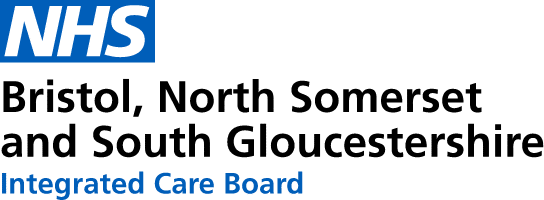Guide to interviews and focus groups
Case studies
Find inspiration for your own evaluation with these real life examples
Guidance
Guidance from a range of organisations for in-depth advice
Services and support
Knowledgeable organisations who may be able to help you
Training resources
Want to learn more? Our training resources are a good place to start

